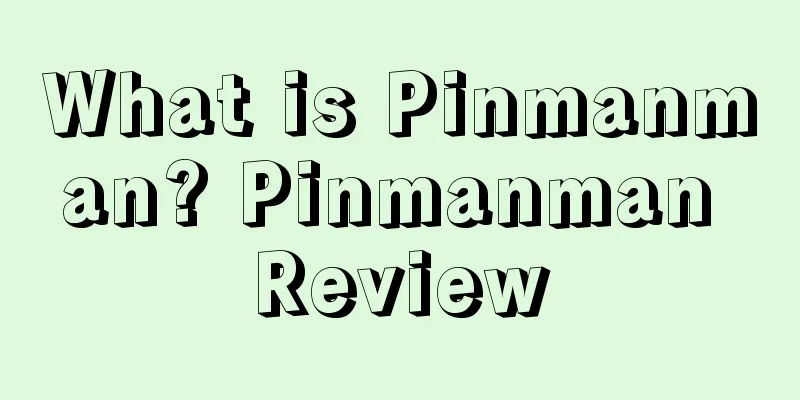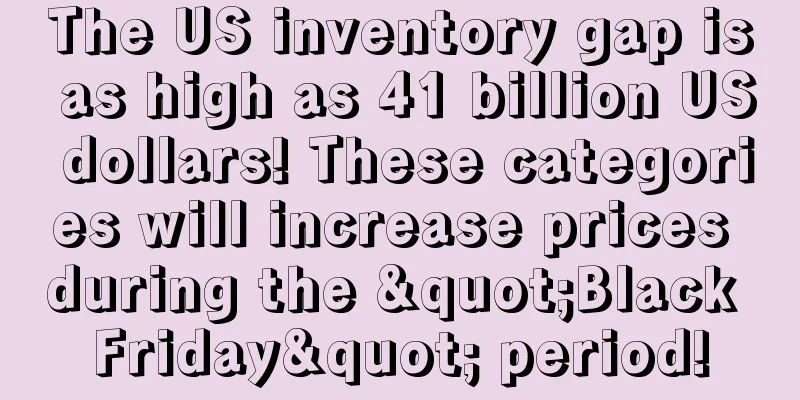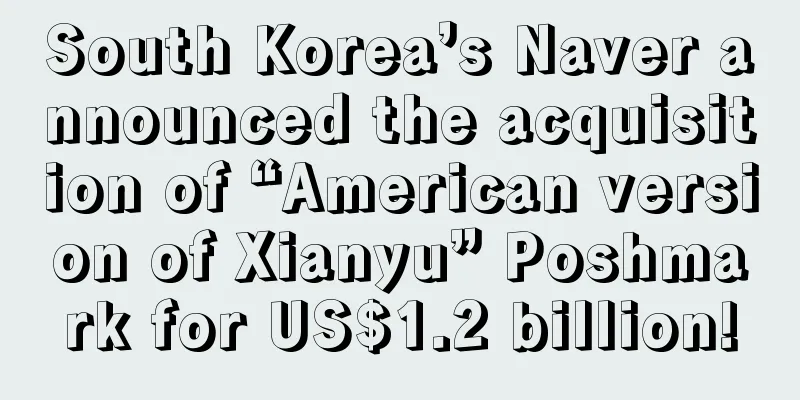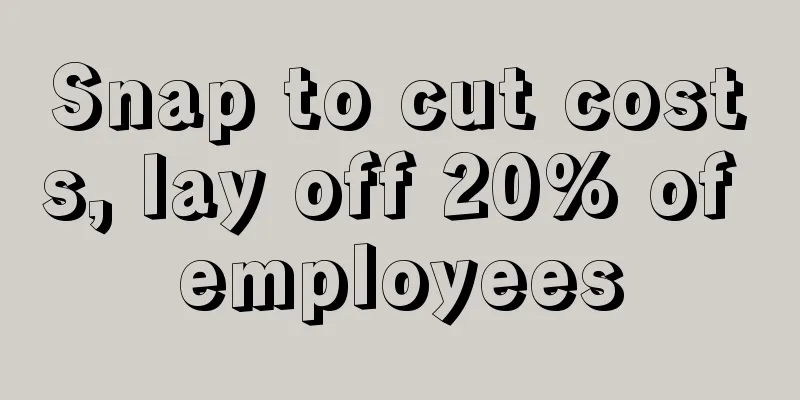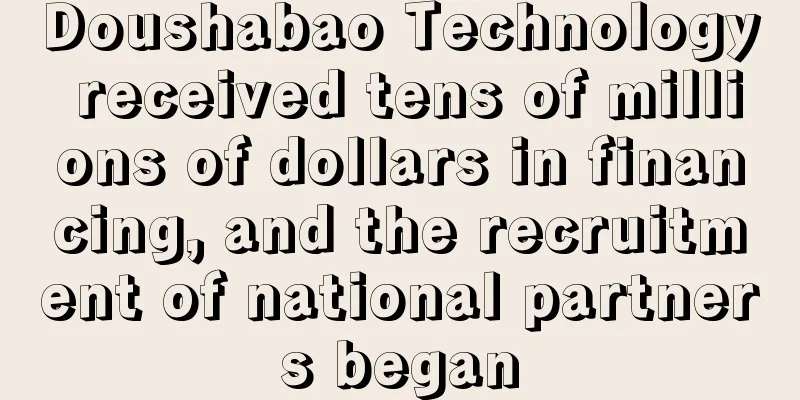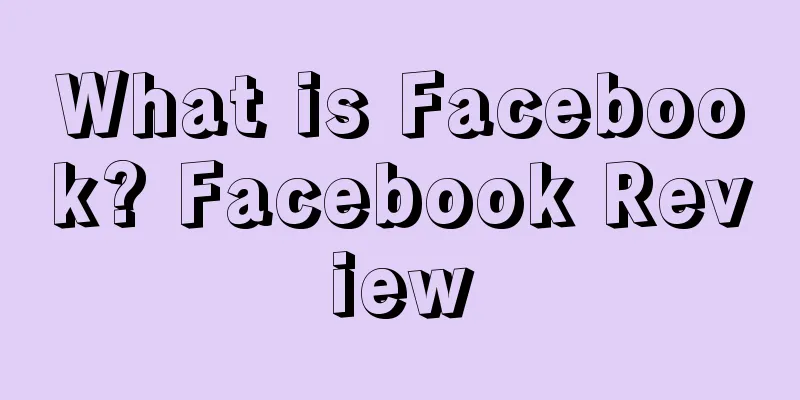What is Groupon? Groupon Review

|
Groupon was first established in November 2008, with group buying by netizens as its selling point. Its uniqueness lies in: only one discounted product is promoted every day, each person is limited to one bid per day, the discounted products must be of service type, the services are regional, and the offline sales team is much larger than the online team. The main sales locations are the United States and Europe. About Groupon Groupon is a group buying website, one of the new models that has become popular in the United States in the past six months. Groupon is the homonym of Coupon, which means coupon. Groupon is not a pure e-commerce website, but a combination of e-commerce, Web 2.0, Internet advertising and offline models. Although its form is group buying and its revenue model is based on commissions, the future of Groupon is very uncertain. Groupon was founded on November 11, 2008 and is headquartered in Chicago, Illinois, USA. Groupon offers group buying deals to users in more than 150 cities around the world, with discounts of 50% or more. Groupon claims to have saved more than $1 billion for users, which may include all discounts. Of course, Groupon does not necessarily save money for users, because such discount deals often induce users to buy some unnecessary goods. But in any case, saving $1 billion shows the large volume of Groupon transactions. Groupon has partnered with more than 1 million merchants. It has 48.3 million active customers worldwide and ranks among the top 5 e-commerce brands in the United States in terms of monthly unique users. Groupon is the number one retail app on iOS and Android, with more than 150 million downloads, and is considered one of the 25 most popular apps in 2016. December 1, 2011, according to foreign media reports, Groupon's official blog said on Tuesday that the company launched two features: Deal Feed and Groupon Stores. On January 21, 2012, according to foreign media reports, Groupon has acquired Mertado, a social shopping startup incubated by Y Combinator, whose services use Facebook as a distribution platform. Group buying model Groupon's group buying model is called Group Buying 2.0. Group Buying 2.0 originated in the United States. The difference between it and traditional group buying websites is: 1. After logging into the website, netizens do not need to search for the information they want among the dazzling array of products. The entire homepage only provides one product, which is simple and clear, avoiding netizens from spending a lot of time browsing irrelevant pages. Since the merchants are screened in advance through a certain procedure, netizens also save a lot of time for comparison, so that they can decide whether to consume or not simply and clearly. 2. It can be simply summarized as a win-win e-commerce and offline consumption model for all parties (consumers and merchants). Consumers, merchants, and website operators each get what they need, so that resource allocation can be optimized to the maximum extent. 3. Traditional group-buying websites offer very low discounts on goods, with some offering only 3% or 8% off, which is shockingly low. However, new group-buying websites like these offer discounts of up to 20% or 30% off, or even lower. The benefits consumers gain from this are self-evident. Profit Model The core of Groupon's profit lies in charging merchants a high transaction commission of 30%-50%, and the collection period is two months, that is, 1/3 is settled on the day when the online group purchase activity ends, 1/3 is settled after 1 month, and the remaining 1/3 is settled after 2 months. In this way, funds can be quickly recovered and profits can be realized to expand wildly while making profits. Because the more people there are, the bigger the discounts are, merchants will propose such a concept of "group discounts". In the off-season of the industry, many merchants are willing to attract customers by offering discounts. Because of this idea, Groupon's first profit model was born. Features 1. Beautifully designed promotional displays: Groupon designs simple and clear titles for each group purchase information, and highlights the specific information of the actual group purchase next to the title, which can immediately catch the customer's attention. 2. Proactively provide a contact number: If you are a merchant and have a problem and want to contact Groupon, you can call Groupon headquarters to resolve the problem. 3. Anticipate and remedy dissatisfaction: If the user clicks the button to cancel the Groupon email reminder, it will be transferred to a page with a video of a Groupon employee (named Derrick). There is a button that says "Punish Derrick". Once the user clicks it, a person will walk over and throw water on Derrick's face, and a message will appear: "This is too bad! I want you to be happy. Do you want to do something for Derrick?" Then another button will appear "Cancel cancellation". Fun fact: "Derrick" is actually Andrew Mason, the CEO of Groupon. 4. Apology service: Groupon’s work is actually to approve merchants. If a merchant stops operating after Groupon sells a lot of discount coupons, Groupon will gather all the employees of the team and hold a sign that says "We are sorry". They will then send out this photo and give a full refund to those customers who bought this discount coupon. 5. Guarantee: If a customer has a bad experience with Groupon, the company will refund the full amount, even if the customer has used the coupon. They call this the "Groupon Guarantee," and it's said that very few customers ask for a refund. 6. Let customers discuss products: Each Groupon has its own discussion in the forum. Potential customers can ask questions about the discount before purchasing, and the discussion will always be valid, so customers can come back and add feedback after they have completed their purchase. 7. Two-way evaluation: Groupon's success is based on the mutual satisfaction of customers and merchants. Customers can mark the merchants they like or have a bad experience with. At the same time, merchants can also evaluate loyal customers or mark unfriendly customers. 8. Treat call centers as opportunities: Groupon's customer service center has no written scripts for questions and no pre-defined time limits. Customer service representatives are expected to solve customer problems on the first call. Entering China -On February 12, 2011, Song Wei, co-president of the Great Wall Club, announced that the Chinese name of Groupon China would be “Gaopeng”. -In February 2011, Groupon and Tencent finalized a joint venture to establish a group buying website Gaopeng.com in China, using Tencent's traffic and user advantages to develop group buying business. However, Gaopeng was declared a failure in April, and its business and team were merged into Ftuan. -On August 1, 2012, Gaopeng.com announced its merger with Ftuan to form the "Wangluotianxia" company. Financing -In December 2012, Groupon rejected an acquisition offer from Google. -On August 20, 2014, OrderUp announced the completion of a $7 million Series A financing round, led by Revolution and followed by Tim O'Shaughnessy, co-founder of LivingSocial. -In January 2015, Groupon raised $950 million in funding. -In February 2015, it raised another $16.2 million in financing. Acquisition -In May 2010, Groupon acquired CityDeal. -In May 2010, Groupon announced the acquisition of German group buying website Citydeal. -In August 2010, the US group buying website Groupon announced on Tuesday that it had acquired the majority stakes of the Japanese group buying website Qpod and the Russian group buying website Darberry. Groupon will change the names of the above two companies to Groupon. -In April 2011, Groupon acquired Pelago, the developer of the location-based service Whrrl. -In October 2016, the US group buying website Groupon announced that it would acquire LivingSocial. -In July 2017, Groupon announced the acquisition of the food delivery O2O company OrderUp, which means that the company is ready to expand into the food delivery field and provide services similar to GrubHub. |
<<: What is Amazon A/B Title Testing? Amazon A/B Title Testing Review
>>: What is Google Ads (Google AdWords)? Google Ads (Google AdWords) Review
Recommend
3 new changes to Amazon advertising features in 2024!
Many new features of Amazon are released secretly ...
Walmart will lead the drone delivery market! Covering 4 million American households in 2022!
<span data-shimo-docs="[[20,"沃尔玛将引领无人机交付市场...
What is Rakuten Taiwan? Rakuten Taiwan Review
Rakuten is currently the largest e-commerce group ...
The power restriction theory has been debunked! ? It still brings benefits to cross-border e-commerce
Some time ago, news of power and production restr...
All channels are fully open! LOWE'S expands same-day delivery service across the United States!
US retailer Lowe's is expanding its same-day d...
What is Global Easy Shopping? Global Easy Shopping Review
Global E-Commerce was founded in 2007, focusing on...
Emergency policy! FBA has completely stopped accepting goods, and sellers can only...
Christmas is coming, and sellers are actively pre...
Understanding Amazon Algorithm: How does the A9 algorithm affect the entire Amazon operation? How does Amazon's ranking mechanism work?
1. Principle of A9 Algorithm A9 Algorithm is actua...
Taking advantage of the chaos to divide the market! Meta will create an application similar to Twitter?
According to reports, Meta introduced a system in ...
Why must manual ASIN ads be placed?
Search traffic is the largest traffic, and associa...
Costco's sales in June exceeded 22.7 billion US dollars! E-commerce sales increased by 7% year-on-year!
<span data-docs-delta="[[20,"获悉,6月最终成为Cost...
What is Chuangxiang Foreign Trade Software? Chuangxiang Foreign Trade Software Review
Chuangxiang Software Development Studio develops a...
Epidemic World Affairs: Cross-border e-commerce today's questions
1 What you need to know about the epidemic As of ...
Amazon senior operations: If you can’t do this well, be prepared to be unemployed within 5 years
In the past year, Lao Ma has thought about quittin...
This year there is no golden March and silver April, but it feels more like an off-season
Recently, many Amazon sellers have stated that the...
